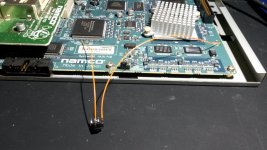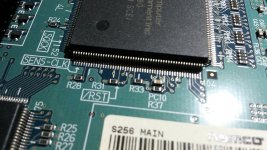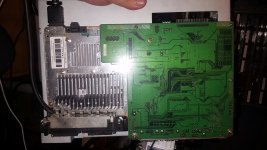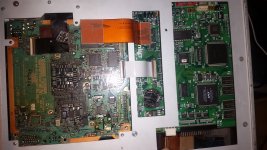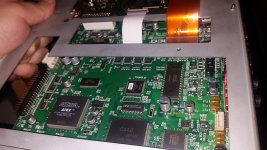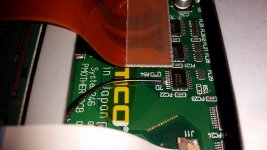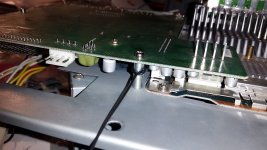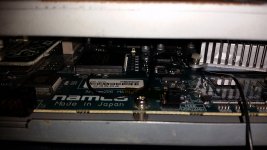So I've been playing around with the ATAPI ODE and the Multi Dongle and I'm looking into building a Pi image to do game selection so that is ready to go once the final ATAPI ODE is released.
I was wondering though if there are good known locations where a reset wire could be installed on any of the System 2x6 PCBs so that I could trigger a reset using the Pi once the disc and dongle have been swapped?
Also curious how dangerous it is to flip the 246/256 mode jumper while the system is powered on or if that could safely be done while the system is held in reset.
I was wondering though if there are good known locations where a reset wire could be installed on any of the System 2x6 PCBs so that I could trigger a reset using the Pi once the disc and dongle have been swapped?
Also curious how dangerous it is to flip the 246/256 mode jumper while the system is powered on or if that could safely be done while the system is held in reset.

